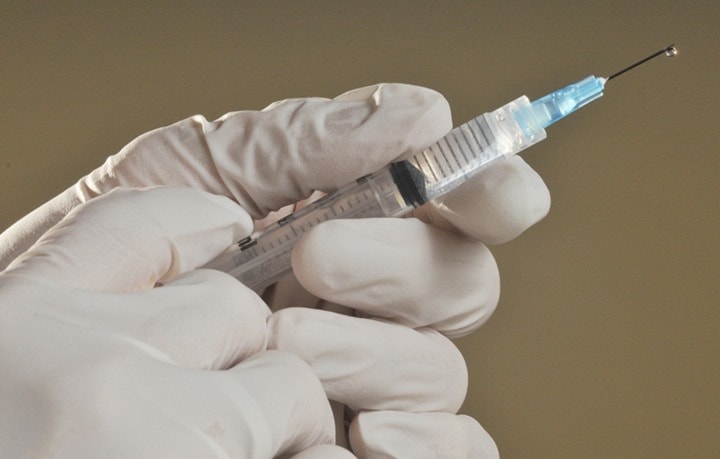For the past four months, the emergency department at the Arrow Lakes Hospital has been taking part in a pilot project aimed at reducing brain injuries and deaths related to opioid overdoses.
The Take Home Naloxone program is provided in collaboration with the BC Centre for Disease Control. It provides training and Naloxone kits to people who use opioids and are at risk of an overdose.
Naloxone is an injectable drug that can stop an overdose. In the event of an overdose, it restores breathing within two to five minutes, which offers the opportunity to save a life and reduce harm while waiting for help to arrive.
“It binds with opioid receptors in the brain,” said Ann Weir, a clinical practise educator with Interior Health. “It only works for opioids, it doesn’t work for alcohol, or cocaine, or other stimulants.“
Opioids are a classification of medication that are usually used to relieve pain. Heroin would be in the same class, along with oxycodone, and fentanyl.
The kits are being distributed partially because of the fentanyl overdose crisis in the province, and because street drugs are so potent now, health officials are seeing an increase in overdose deaths. Weir said it’s part of a harm reduction philosophy.
“We’re not encouraging the use of opioids, we just want to make sure people are aware of the risks, and have this drug available should they witness or overdose themselves.”
The hope with the project is people will be aware of the risk of using opioids, whether they are prescribed or illicit, and that death rates as a result of an opioid overdose will go down.
Emergency departments in Castleagr, Kamloops, Kaslo, Kelowna, New Denver, and Vernon are also taking part in the pilot project. Interior Health will roll out the program to the other 27 emergency departments in the Interior Region within the next two months.
